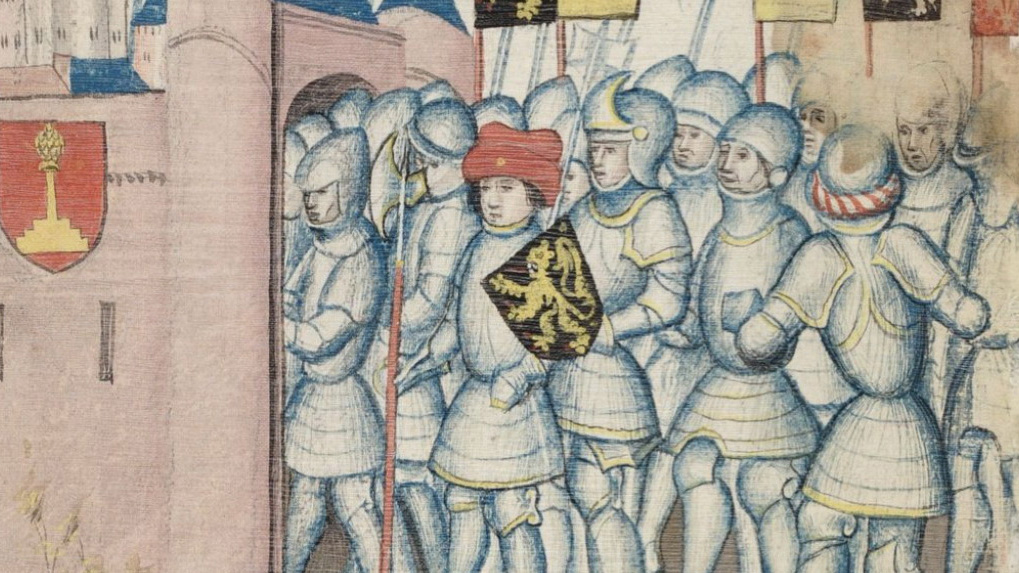Britton, Dennis. "Race and religious conversion." www.throughlines.org/suite-content/race-and-religious-conversion. [Date accessed].
Race and religious conversion
The Reformation was more than just about Catholic/Protestant conflict.

Students are usually unaware that in early modern Europe changing or not changing religions was often a matter of life or death. When teaching early modern texts, it is important to make it clear in the classroom that the Reformation was more than just about Catholic/Protestant conflict. Bringing conversations about religious conversion into the classroom can help students see that religion was—and still is for some—more than just about what a person thinks and believes. It’s about the transformation of fundamental aspects of identity. It is also important for students to pay attention to the fact that many early modern Christians didn’t believe that everyone had—or should have—equal access to this transformation.







